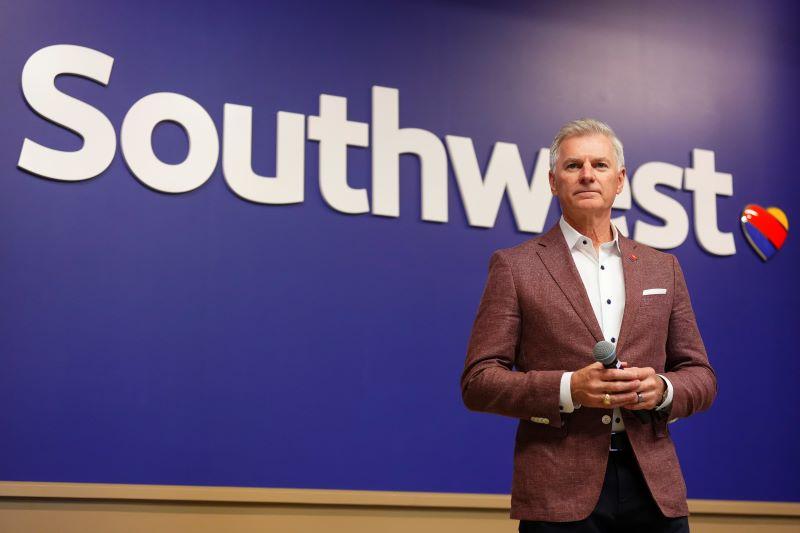
Southwest Airlines CEO Bob Jordan during Southwest Airlines Investor day at Southwest Airlines headquarters on Sept. 26, 2024 in Dallas, Texas.
Credit: Sam Hodde for The Washington Post via Getty Images
DALLAS—Southwest Airlines is facing its future at a pivotal period with a plan to cut costs, adjust its network, evolve product offerings, and extract value from its fleet and aircraft order book, moves it believes will get the business back to prosperity in 2027. CEO Bob Jordan called it the “most...
Subscription Required
Southwest Sets Course For Prosperous 2027, As Elliott Scoffs is published in Aviation Daily, an Aviation Week Intelligence Network (AWIN) Market Briefing and is included with your AWIN membership.
Already a member of AWIN or subscribe to Aviation Daily through your company? Login with your existing email and password
Not a member? Learn how to access the market intelligence and data you need to stay abreast of what's happening in the air transport community.





